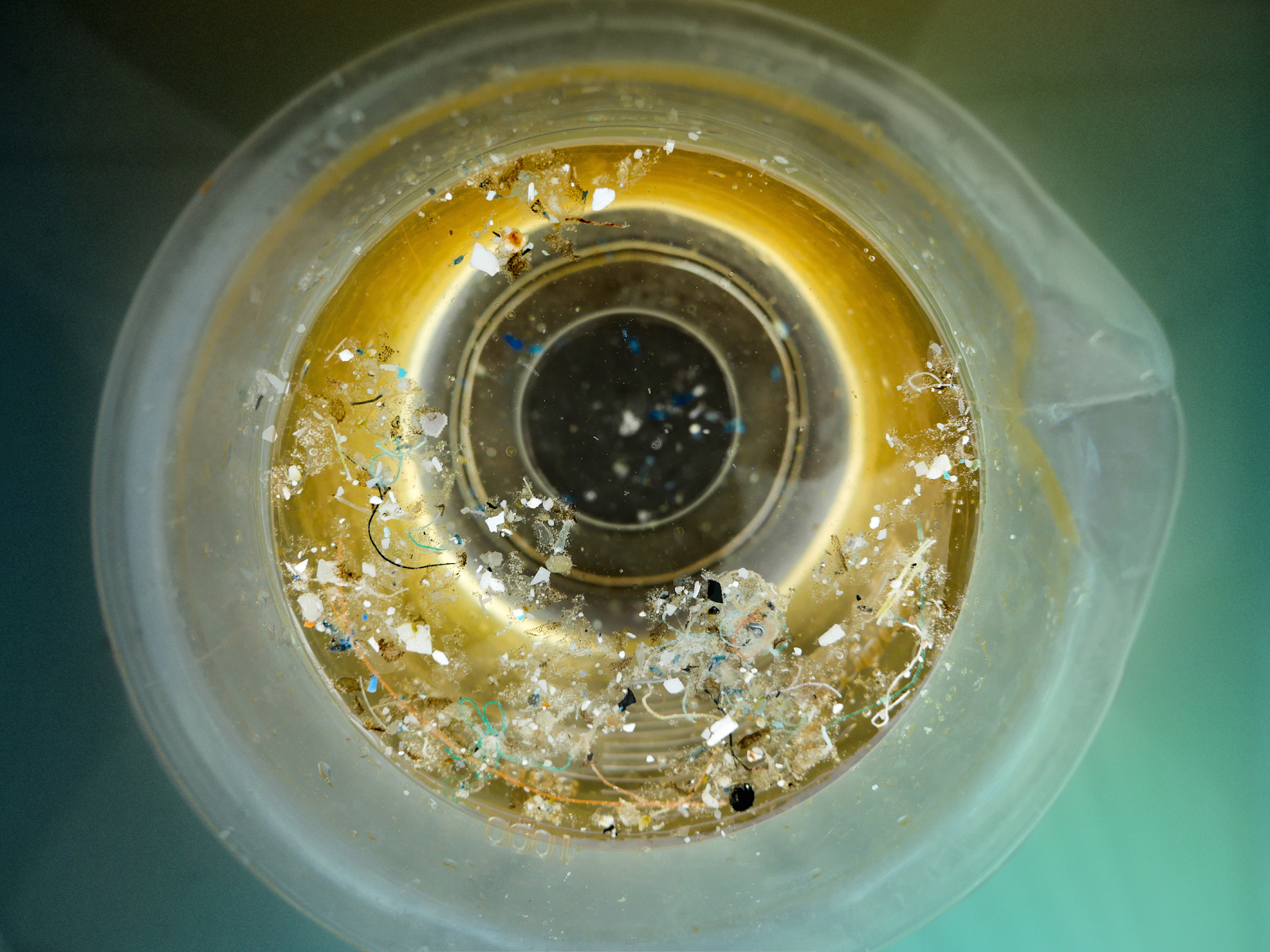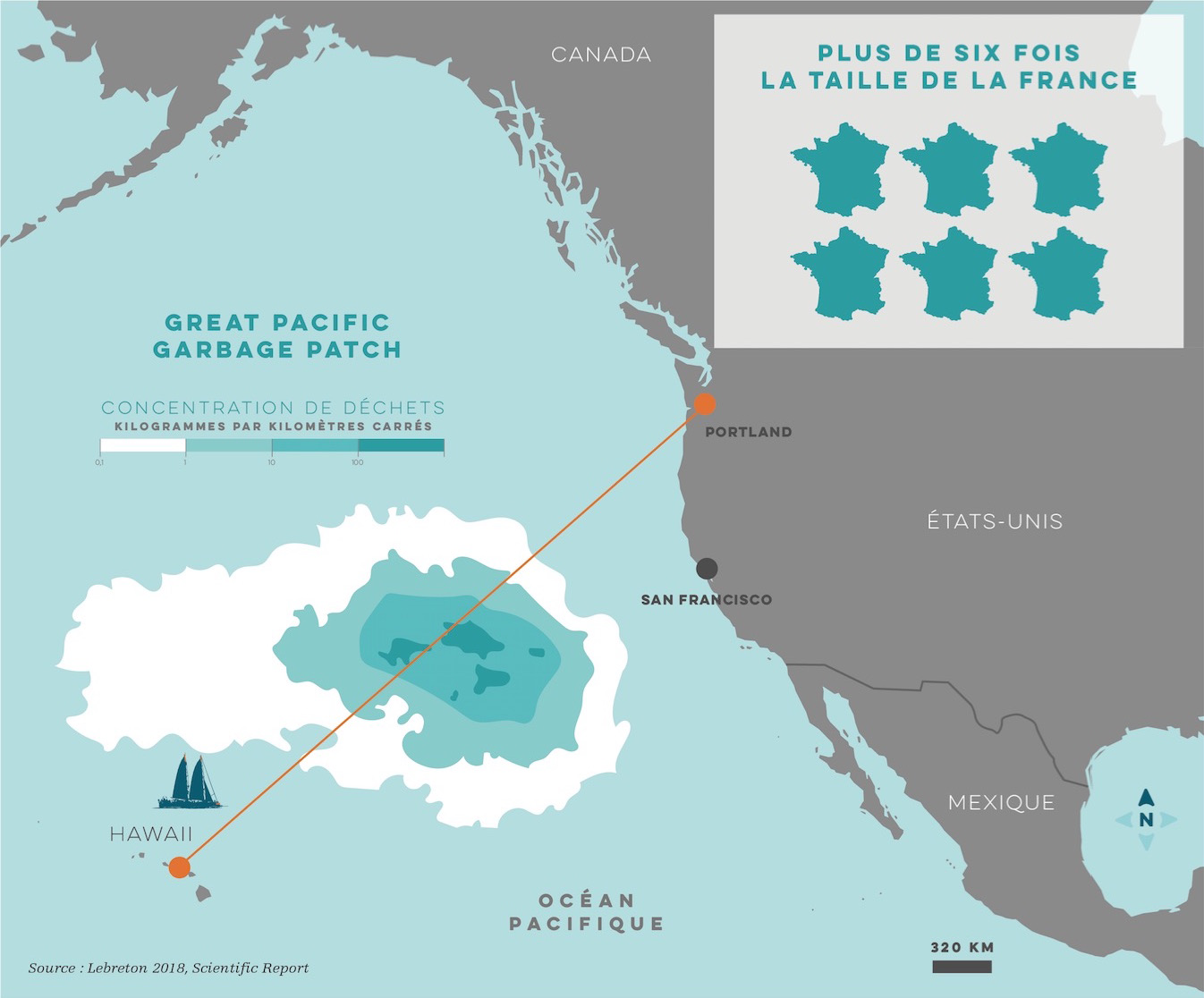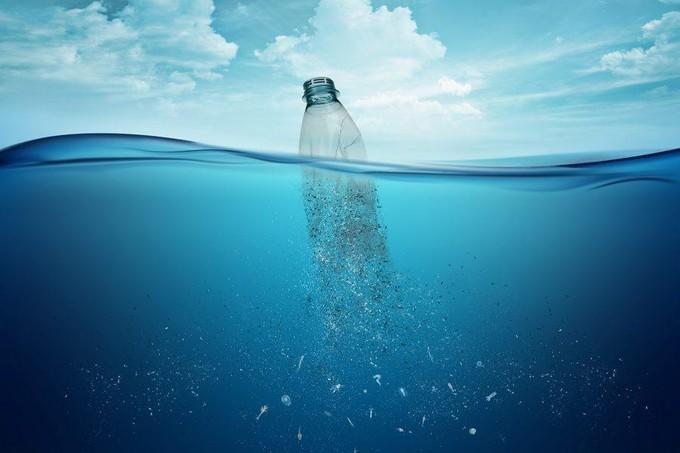
Tara is currently in the very centre of the “Great Pacific Garbage Patch”, the oceanic gyre with one of the world’s largest concentrations of plastic. What precisely are we talking about? It is a kind of whirlpool created by circular ocean currents, the centre of which slowly experiences an accumulation of plastic debris as well as plankton and seaweed from sources located around the gyre. There are five such patches worldwide, characterised by relatively high concentrations of floating plastic; they lie in the North and South Pacific, the North and South Atlantic and the Indian Ocean.
Once she had completed her survey of Hawaii’s coral reefs thanks to support from the Veolia Foundation, the schooner Tara headed towards the gyre located in the north-eastern part of the Pacific, widely known as the “Great Pacific Garbage Patch”. About the size of Europe, it hosts thriving populations of seaweed, insects and bacteria which make up and establish a balance and new ecosystems on the surface of the ocean. However, scientists generally have very little knowledge about all this. So a team headed by Maria Luiza Pedrotti of the Villefranche Oceanographic Laboratory in France plans to study the life of marine organisms which develop inside those plastic vortices to understand what interactions they have with microplastics. What is the actual impact of those “new zones of plastic-organic life”? Scientists will attempt to find an answer by assessing the presence of floating plastics, analysing the eco-systemic structure of plankton in contact with plastic fragments, and listing the microbial communities fixed to the fragments.

The obtained information will help to increase the Tara database (the world’s largest database regarding marine ecosystems) by adding physical parameters and data relative to the collected plastics and plankton.
Plastic pollution: Cleaning the ocean is not the solution

Jeff Ghiglione, Research Director in Ecotoxicology at France’s CNRS, together with Tara Expeditions Foundations Managing Director Romain Troublé, have authored a shared op-ed to point out a few truths about plastic pollution within marine habitats. Click here to read.
\u003Cbr \/\u003E\r\nJeff Ghiglione, Research Director in Ecotoxicology at France\u2019s CNRS, together with Tara Expeditions Foundations Managing Director Romain Troubl\u00e9, have authored a shared op-ed to point out a few truths about plastic pollution within marine habitats. \u003Ca href=\u0022https:\/\/oceans.taraexpeditions.org\/en\/m\/environment\/mankind-the-ocean-pollution\/world-oceans-day-plastic-pollution-cleaning-the-ocean-is-not-the-solution\/\u0022 target=\u0022_blank\u0022\u003E\u003Cu\u003EClick here to read\u003C\/u\u003E\u003C\/a\u003E."],"field_free_text":["1"]}]]

